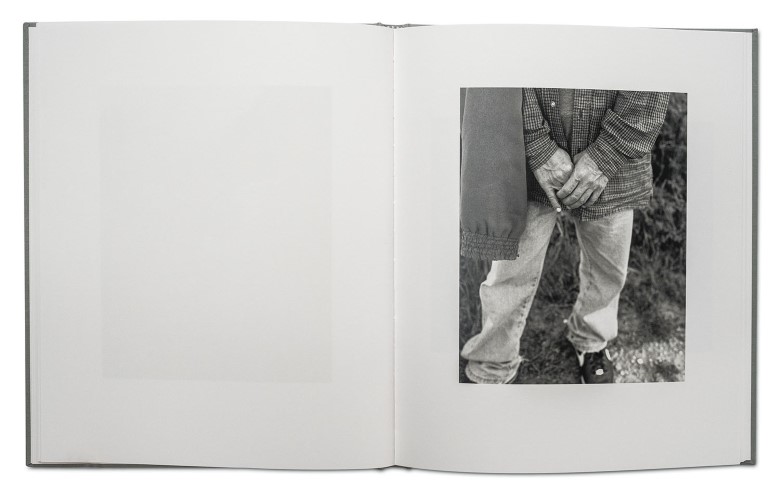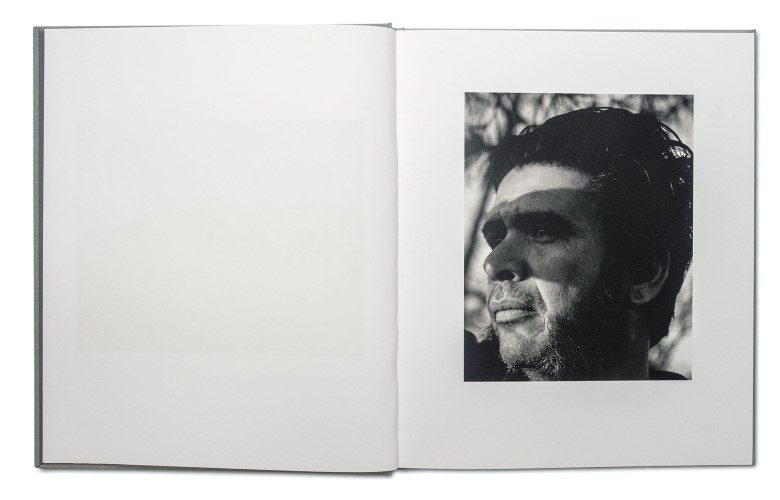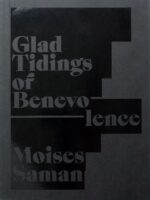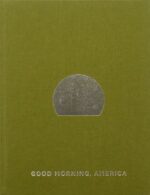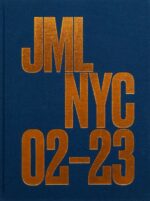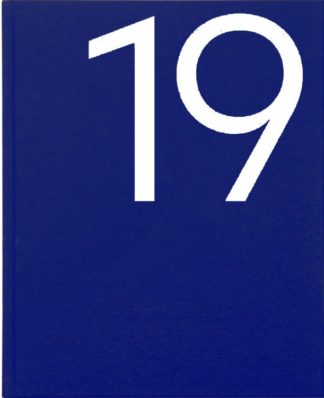« La route qui mène à Angels Point est bordée de palmiers et de voitures stationnées. Sur l’asphalte, du verre brisé, des préservatifs usagés et un ballon d’anniversaire dégonflé scintillent au soleil. Des empreintes de pas serpentent dans la brousse sèche. Tous les sentiers sont fréquentés. Tous les chemins seuls. Vieux sycamores garder veille d’en haut, gravé avec les noms des amoureux du passé et numéros de téléphone perdus. Ci-dessous est une vaste mer d’autoroutes et de maisons. Au-dessus, tours de verre regardent à travers le nuage de smog. Anges Point se trouve au bord de la nouvelle et l’oublié. Un endroit pour se cacher, explorer, sans engagement, sans jugement. » – Adam Ianniello
Le parc Elysian a été fondé en 1866. Les utilisations antérieures de la terre incluent un cimetière juif, une carrière de pierre, et le ravin de Chavez, un quartier mexicain-américain rural démoli et enterré sous le stade de Dodger qui se trouve en dessous de Angels Point. L’histoire de la terre est omniprésente dans le livre — les photographies montrent les traces et les artefacts de ceux qui sont passés par là. Le médium grand format fait référence à la photographie de paysage du passé tandis que les images elles-mêmes témoignent de la vie contemporaine.
Le livre s’ouvre sur une rencontre fortuite avec un homme nommé Angel et est ensuite séquencé pour suivre son chemin imaginaire à travers le parc, s’attardant sur des cachettes, des objets oubliés et des étrangers avant de sortir du parc au crépuscule. Cela fait écho à la propre expérience d’Ianniello de marcher à travers Angels Point, s’arrêtant pour photographier le long du chemin, comme il a appris à utiliser la caméra de vue. L’environnement du parc lui a donné l’anonymat de se promener avec un trépied sans se sentir hors de sa place. L’époque actuelle de la production instantanée d’images, la nature méditative de la construction des images à ce rythme lent a permis au récit du livre d’être guidé par la nature plutôt que par les visiteurs du parc.
‘The road leading to Angels Point is lined with palm trees and parked cars. On the asphalt, broken glass, used condoms, and a deflated birthday balloon shimmer in the sun. Footprints snake out into the dry brush. All paths frequented, all paths alone. Old sycamores keep watch from above, etched with names of past lovers and lost phone numbers. Below is a vast sea of highways and houses. Above, glass towers peek through the cloud of smog. Angels Point stands at the edge of the new and the forgotten. A place to hide, to explore, with no commitments, no judgments.’ – Adam Ianniello
Elysian Park was founded in 1866. Previous uses of the land include a Jewish cemetery, a rock quarry, and the Chavez Ravine, a rural Mexican-American neighbourhood demolished and buried under Dodger Stadium which sits below Angels Point. The histories of the land pervade book—the photographs show the traces and artifacts of those who have passed through. The large-format medium references the landscape photography of the past whilst the images themselves bear witness to contemporary life.
The book opens with a chance encounter with a man named Angel and is then sequenced to follow his imagined path through the park, lingering on hideaways, forgotten objects and strangers before exiting the park at dusk. This echoes Ianniello’s own experiences of walking through Angels Point, stopping to photograph along the way, as he learnt how to use the view camera. The park’s environment afforded him the anonymity to wander with a tripod without feeling out of place. Turning on its head the current era of instant image production, the meditative nature of constructing the images at this slow pace allowed the narrative of the book to be guided by nature rather than by the park’s passing visitors.
_
Adam Ianniello (b. 1987) is an American landscape photographer currently based in Los Angeles, California. His photographs have been featured in various publications such as American Chordata, C4 Journal. Def Greif and Vogue as well as widely exhibited, most recently in Mark Steinmetz and Irina Rozovsky’s group show ‘When in Athens’. In 2020, he co-founded the imprint Smog Press. Ianniello was born and raised in Brooklyn, New York, and studied art history and photography at Baruch College and the School of Visual Arts.




